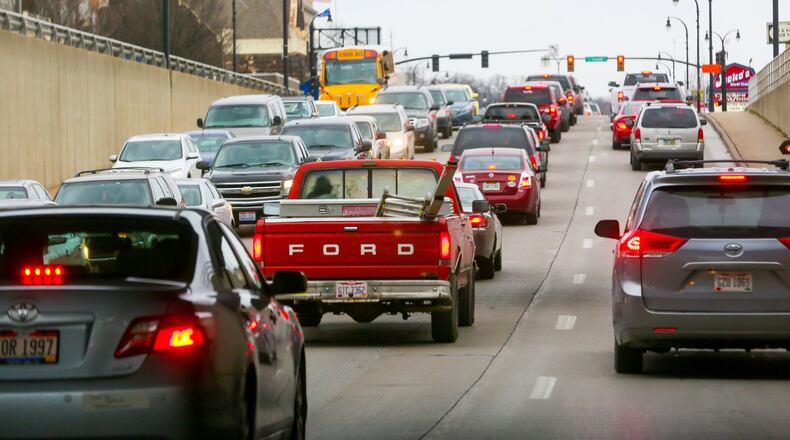City officials have emphasized the project is a long way from becoming a reality. The initial step in identifying where the project may go is expected to take three years or longer, and cost $1 million to $1.5 million.
In a memo to Hamilton City Council, Logan noted the city “currently lacks a direct east-west route on its north side.”
“The North Hamilton Crossing project would satisfy long-term east-west connectivity and provide better access and more efficient mobility for motorists, emergency services, school buses, and local businesses.”
The initial phase of work toward the highway includes a “Purpose and Needs” study and an environmental study, which are required to receive funding from the Ohio Department of Transportation.
Hamilton is now exploring where it will get its share of the $1 million-plus that will be needed for that design work.
During that initial process, the preferred route likely will be identified, as well as alternatives.
Logan said in an interview he believes the project is not only important to Hamilton, where the gigantic indoor sports complex and convention called Spooky Nook at Champion Mill is being built along North B Street, but also for places in western Butler County, including Hanover Township and Oxford.
Many Hamilton residents have expressed concern about increased traffic that will appear when the Spooky Nook facility opens in mid-2021, but City Manager Joshua Smith has said a traffic analysis of the existing Spooky Nook complex near Manheim, Pa., showed that most traffic happens there after 6 p.m. on Fridays through Sunday afternoon, when rush-hour traffic isn’t happening.
Those areas would benefit greatly from significantly easier access to Interstate 75 and areas accessed by that highway, without having to pass through the High-Main corridor’s logjam.
About the Author
